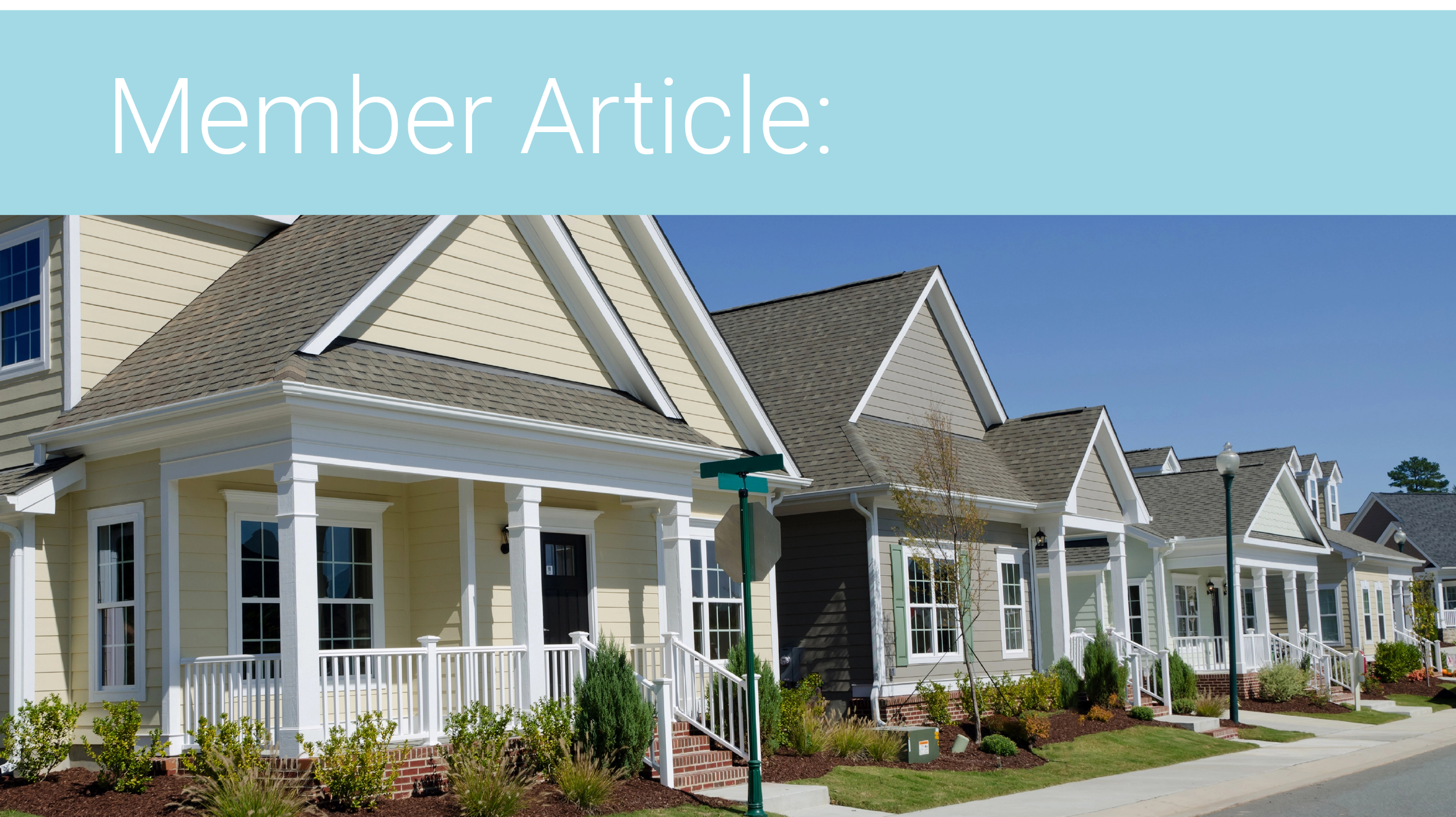Understanding Housing Dynamics

– Why Affordablility is Important
Affordable homes attract and retain employees. Unfortunately, we have witnessed a significant surge in our housing market; at the heart of the surge lies a robust demand driven by the LC Valley’s location, scenic landscapes, and proximity to recreational opportunities. Additionally, our growing economy, buoyed by sectors such as healthcare, manufacturing, and education, has bolstered employment opportunities, further fueling housing demand. According to data from the National Association of Realtors (NAR), our area has experienced a consistent uptick in population, with many individuals relocating from neighboring states in search of affordable housing and a favorable quality of life. This influx of newcomers, coupled with a surge in remote work arrangements, has intensified competition for housing, thereby driving up prices.
While demand has been a primary driver, supply-side constraints have exacerbated the situation. Limited inventory coupled with sluggish new construction has pushed prices higher. Rising construction costs, attributed to factors such as material shortages and skilled labor shortages, have hindered developers’ ability to ramp up housing supply to meet growing demand. Moreover, regulatory hurdles and zoning restrictions have further constraining the supply of new housing units. While regulations are intended to ensure safety, excessive red tape can hamper affordability. Efforts by the State Legislature and our City Councils to streamline permitting processes and incentivize housing development have been met with mixed success, as the housing imbalance is not abating. In addition, historically low mortgage rates have incentivized homebuyers to enter the market, driving demand and bidding wars.
Affordable housing is generally defined when a resident pays no more than 30 percent of gross income for housing. Addressing affordability challenges will require proactive measures and collaborative approaches. This is necessary because of the critical role housing provides in our community. Affordable housing translates into fewer physical and mental health problems and reduced absenteeism on the job. For some residents, concerns that high housing costs will lead to foreclosure and eviction reduce stress. Decent, stable housing not only reduces stress, but also reduces toxins and infectious disease, which leads to improvements in both physical and mental health. Housing is also correlated to educational attainment. Studies show that children in stable housing do better in school and are less likely to experience disruption in their learning. They are more likely to perform academically and are less likely to have behavior problems or become pregnant as teenagers. Lewiston City Council has created community grant opportunities aimed at addressing housing affordability, yet the efficacy of these grants remains unknown. In the absence of affordable options, nonprofits like Habitat for Humanity try to fill the void. Next month, L-C Valley Habitat for Humanity will complete its 35th new affordable home in the valley. Habitat invites you to join them in the challenge of solving this complex problem as they bring even more affordable housing options to the Valley. There are many ways to partner–please call 208.792.7568 or email [email protected] to learn more.
Article written by Deborah Snyder, Executive Director, Habitat for Humabity; Debbie Lee, President of the Lewis Clark Association of Realtors; and Travis Meeks, Association Executive, Lewis Clark Associtation of Realtors

